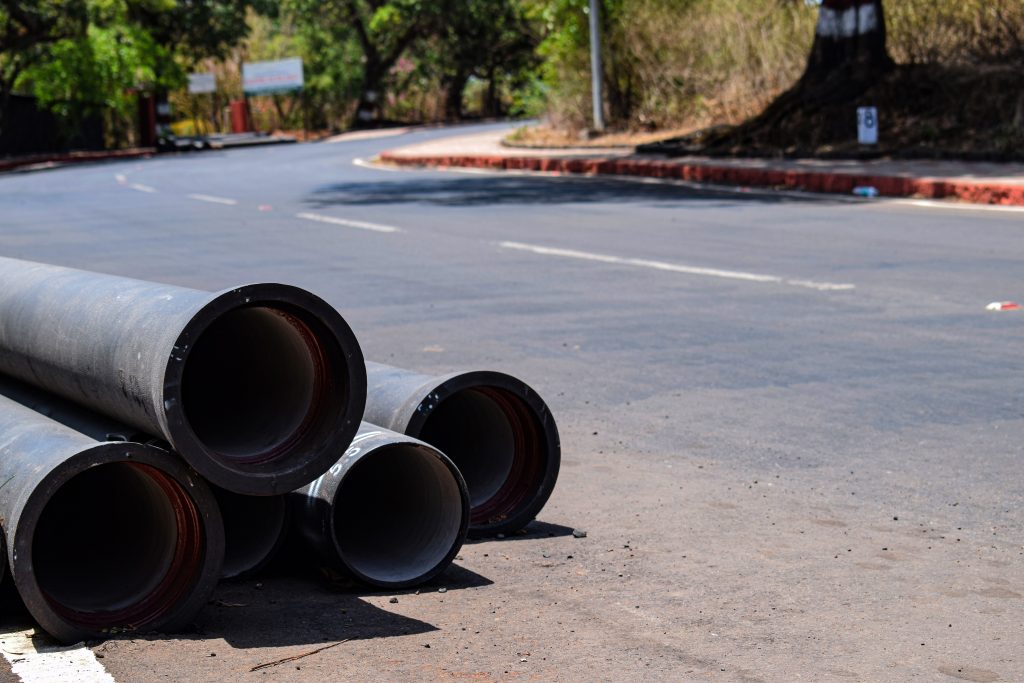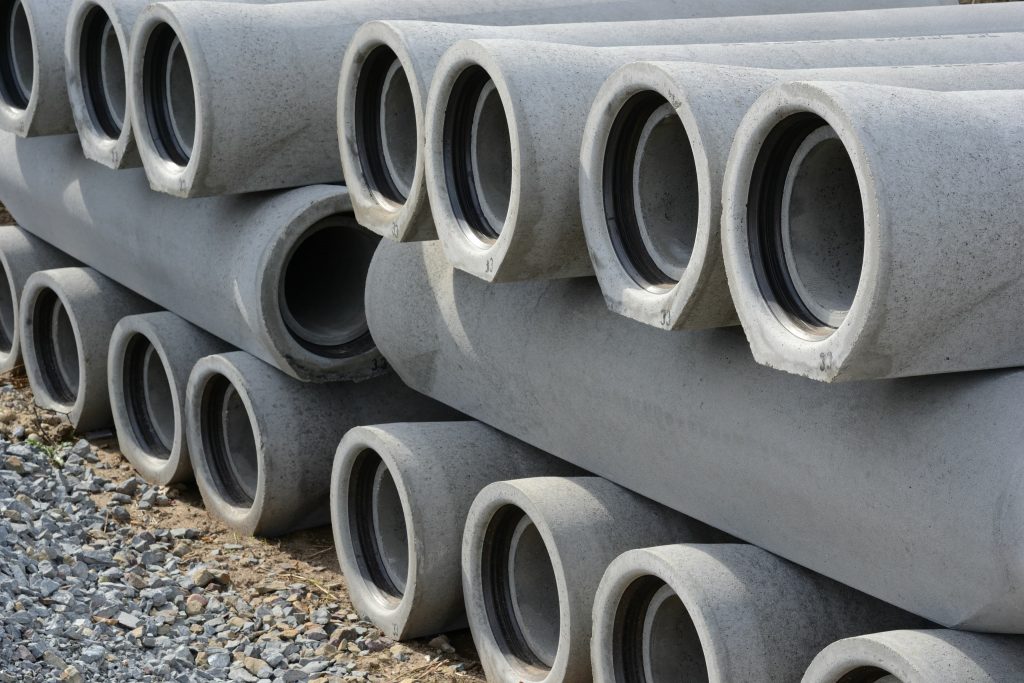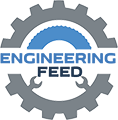
A lateral sewer refers to a type of sewer drain extending from a house or building, which is connected to a city sewer line beneath a street. One of the most common defects of lateral sewers includes tree root infiltration that quickly increases in size, forming root balls that block the sewer. When sewer blockage happens, unpleasant odors, backups, and damages occur. Over time, lateral sewers would need repair or pipe rehabilitation.
When it comes to modern pipe rehabilitation, cured-in-place-pipe (CIPP) lateral sewer liners are installed in homes, commercial, and industrial settings. Learn more about CIPP lateral liners and how are they used for pipe rehabilitation by reading below.
What Are CIPP Lateral Liners?
Cured-in-place-pipe (CIPP) liners are used in trenchless lateral rehabilitation of pipes displaying cracks, holes, roots, water infiltration, fractures, open or offset joints, and deterioration from many years of use.
CIPP lateral liners for pipes use a thermosetting plastic resin. Before thermosetting, CIPP liners are soft and pliable, facilitating the installation and expansion within the laterals. Because CIPP liners are soft and pliable, they fit well in any diameter size and shape. Later on, the CIPP liners are hardened with an irreversible thermoset reaction, making the liner rigid.
How Are CIPP Lateral Liners Used For Pipe Rehabilitation?
CIPP lateral liners are used for pipe rehabilitation which includes the following steps:
1. Diagnosis Of Sewer Pipes
Lateral sewers and building drain range 3 to 6 inches (75 to 150 millimeters) in diameter. The pipe is inspected using a specialized mini video-camera to diagnose the problem, such as holes and cracks.
2. Lining Preparation
The pipe is cleaned using rotating blades, a flusher, or a high-pressure jet, removing roots, accumulated dirt, and other debris. After cleaning the pipe, the length and diameter are checked and confirmed. In the presence of a weeping tile connection, it is reopened by deploying a robotic cutter after installing the liner.
3. Drain Lining
With advanced lateral lining technology, it is used to fix plumbing drains in hard-to-reach areas in houses and buildings. Because plumbing systems are usually connected under a concrete slab in the basement, CIPP lateral liners make a great solution in minimizing the need to cut and remove walls and floors to access, fix, and replace problematic drain sections.
Here’s how CIPP lateral liners are used for pipe rehabilitation via drain lining:
- CIPP lining utilizes a liquid resin and a textile liner tube, and the process starts with the impregnation of textile liners with an epoxy-based, resin mixture in a pre-determined hardener.
- After which, the CIPP liner is inverted into the sewer pipe using air pressure so the resin stays outside the liner against the host pipe wall.
- Inside the liner, the calibration tube is steam cured or hot water cured. The resin is activated by the curing agent which causes it to harden to create a fitted, corrosion-resistant, and smooth new pipe wall.
- A robotic cutting device can be inserted inside the newly lined pipe as needed, reinstating branch line connections.

How To Determine A Successful Lateral Lining
Quality control is important for a successful CIPP lateral lining. A successful application of CIPP lateral lining requires quality control in terms of sizing, design, carrier material, resin impregnation, curing, and sample testing. Design quality controls start using an accepted approach to correctly identify the design inputs and liner parameters.
When it comes to the quality control of carrier sizing, it begins with understanding the material behavior of the carrier that is matched to the structural design and lateral geometry requirements. The quality control involves determining the required resin volume and methods are employed to verify this information, ensuring a thorough void-free wet out. Sample testing determines the physical properties of the liner. Verification of liner quality may involve analysis of laboratory sample results.
Here are the quality control qualities of a successful CIPP lateral lining:
- Resistance to tree roots intrusion
- Infiltration and exfiltration leakproof
- Resistance to soil loads and traffic loads
- A tight fit inside the existing lateral
- Resistance to strong underground water pressure
- Free of lumps, fins, and flow impediments at inline bends
Benefits of CIPP Trenchless Pipelining
CIPP trenchless lateral sewer lining has plenty of benefits, including the following:
- Lower Installation Cost
Traditional trench replacement would require digging or excavating landscaping, driveway, pavement, or the street. CIPP trenchless pipelining is a faster and more affordable option than traditional trench replacement, involving reduced labor and equipment costs.
- Works On Any Pipe Type Or Size
CIPP pipelining can accommodate any pipe type or size. It means that you don’t have to worry about the existing pipe’s size or placement. CIPP lining is compatible with any pipe diameter size, which is effective in lining metal pipes.
- Faster And More Efficient
Traditional excavation is a time-consuming process. On the other hand, pipelining can be completed in just a few hours without running into underground service systems and unmapped gas. It would only require minimal digging, pipeliner application, curing, and it is ready to use.
- Long-term Pipe Lining Solution
For those who reside in older homes, there’s a high likelihood of having some type of pipe damage. You can replace your existing pipes with plastic ones that will surely last for many years. Also, you can apply a pipeliner without excavating the existing lines and obtain the same long-lasting, positive results.
Experienced CIPP pipeliner professionals can install a new, jointless pipe to replace the old, damaged pipe. The new pipe will be resistant to rust, corrosion, and other damages. Gain peace of mind knowing that your pipe will last for decades.
- Safe Process
When digging underground, you won’t really know the problems you’ll run into. There is a risk of mold and asbestos exposure, and other hazardous natural elements. Also, there’s a risk of running into electrical systems, gas lines, and other dangers. The use of heavy equipment during the excavation process also poses danger.
Lining existing pipe eliminates the risk to the pipe workers and your family. It is because the CIPP pipelining process only requires small holes used to insert the equipment into the pipe. No need to bust up concrete or bring traffic to a stop, which makes it the safest option.
Conclusion
CIPP lateral liners are trenchless or don’t require digging up to replace old and existing pipes. If you want a faster and more efficient way to repair and replace your sewer pipes, CIPP lateral lining is highly recommended to repair holes, cracks, tree root intrusion, and other damages. There are plenty of benefits of using trenchless pipelining such as faster completion of work, compatibility to any pipe diameter size, and a more cost-effective option than traditional pipe replacement.




